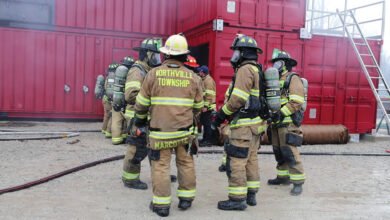
Navigating the roads, particularly in areas known for deer activity, requires a heightened sense of awareness and caution. One misstep can lead to serious consequences, both for the driver and the wildlife. For instance, ignoring deer crossing signs is a common oversight that can significantly increase the risk of a collision. However, understanding which practices to avoid is equally crucial. As we explore this topic further, it becomes evident that certain behaviors could exacerbate the situation, raising the question of what exactly should be avoided to ensure safety on the road.
Ignore Deer Crossing Signs
Ignoring deer crossing signs can significantly increase the risk of vehicle-deer collisions.

Understanding deer behavior and their seasonal patterns is crucial; these signs indicate areas with higher deer activity, particularly during mating and migration seasons.
Read also: Beautiful:1_Gjc33kcji= Horse Pictures
Speeding in Deer Areas
Exceeding the speed limit in areas known for deer activity significantly raises the likelihood of collisions between vehicles and wildlife.
Understanding deer behavior, particularly during nighttime driving when they are more active, is crucial.
Use High Beams at All Times
Consistently utilizing high beams during nighttime driving can significantly enhance a driver’s visibility in areas frequented by deer.
However, practicing high beam safety is crucial, as these lights can blind oncoming traffic.
Employing appropriate night driving techniques, such as switching to low beams when necessary, ensures that visibility is optimized without compromising the safety of other drivers and minimizing risks associated with deer encounters.
Read also: Wallpaper:Hq2hr3icmae= Anime:6fdemqq-Zg4= Cat
Distracted Driving While on Roads
Distracted driving poses significant risks on the roads, particularly in areas where deer are prevalent.
Engaging with distracted passengers or being distracted by mobile notifications can significantly impair a driver’s focus. This negligence not only increases the likelihood of collisions with deer but also jeopardizes the safety of all road users.
Maintaining full attention while driving is essential for avoiding dangerous encounters with wildlife.
Conclusion
In summary, avoiding deer-related collisions necessitates adherence to specific precautions. Ignoring deer crossing signs, speeding in deer-prone areas, utilizing high beams indiscriminately, and engaging in distracted driving significantly elevate the risk of accidents. Notably, statistics reveal that approximately 1.5 million deer-vehicle collisions occur annually in the United States, leading to over 200 human fatalities. This underscores the critical importance of vigilance and responsible driving behaviors in mitigating such dangerous encounters with wildlife.




